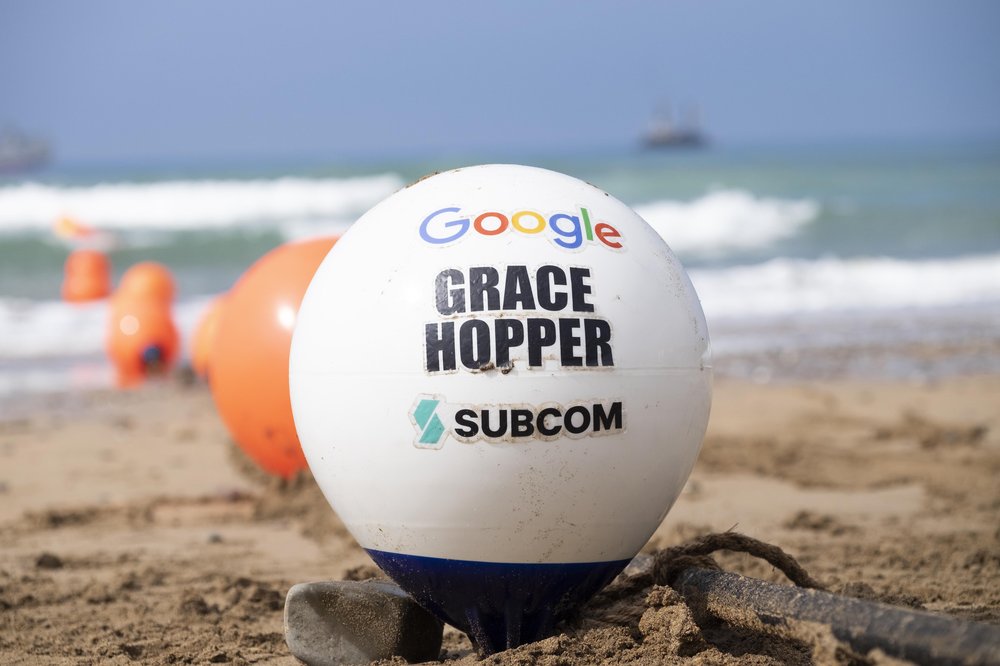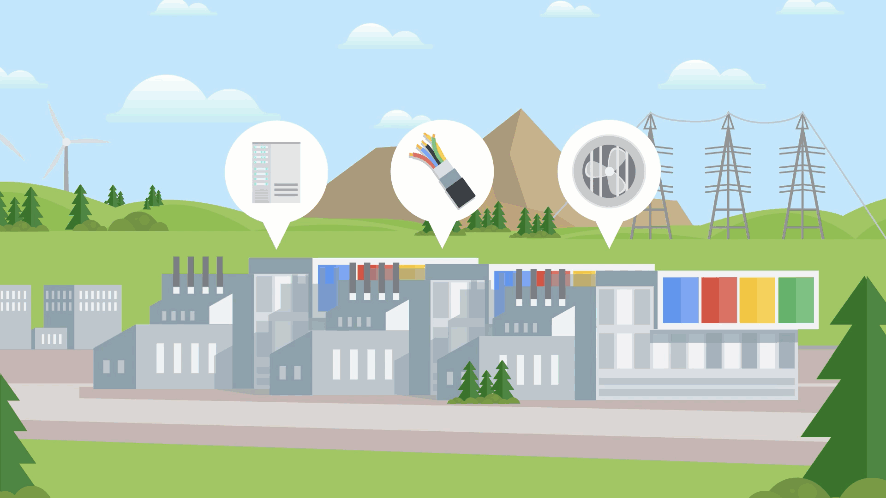“From yellow corn and white corn their flesh was made; from corn dough the arms and legs of man were made,” reads the ancient pre-Hispanic legend written in the sacred Mayan book, the Popol Vuh.
The connection between food and cultural heritage couldn’t be stronger. And according to Mexican chef Martha Ortiz, Mexican food is identity. “It’s such a strong gastronomy that it makes us believe why the Popol Vuh said that we’re made of corn,” she says. “And even Mexico’s flag is quite gastronomic, with the eagle devouring a snake while standing on prickly pears and nopales (prickly pear cacti).”
Martha is one of the chefs who participated in Google Arts & Culture’s latest program, Taste Mexico. It showcases the deep connection between food, culture, legacy and art represented in Mexican food with more than 220 stories, 6000 images and 200 videos from 31 partner institutions. Subjects range from the traditional Mexican female cooks, called mayoras, to internationally known chefs like Martha and Enrique Olvera.
A spoonful of Hispanic legacy
Martha says Mexican food represents Hispanic heritage in its inclusivity, capturing the fusion of beliefs and traditions that created the mestizo culture. “Nowadays there’s a big discussion on the past, the indigenous peoples and colonization. The way I see it, is that in gastronomy there wasn’t violence,” she says. “The earth was fertile, and in the clay pots and wooden spoons were mixed local ingredients like chili peppers with new ones, like the sesame seeds brought by the Spaniards, who were introduced to it by the Moors.” The Taste Mexico virtual exhibit includes topics like the fusion of Mexican cuisine and the blend of cultures in new creations, like chocolate.For Martha, Mexican gastronomy is more than just food — it’s art. It’s a mix of narratives, sounds, images and senses. She thinks about the sound and the feel of the chilli peppers breaking against the stone when preparing a traditional mole, or the clapping sounds of the women making tortillas in a market, which she refers to as a tortilla symphony. “It’s a mise-en-scène. There’s theatricality, a plot, a lyric, beauty and taste.” Through Taste of Mexico, experience that theatricality through iconic markets like Melchor Ocampo or the ones in Puebla.
Martha remembers the colorful paintings of the Oaxacan artist Rufino Tamayo, and it makes her think about the colors of that state where you can have a black mole with red rice served on a blue plate at a deep green “fonda.” That’s why she doesn't refer to the people who visit her restaurants as dinner guests, but as dish collectors.
A flavorful concert
With this in mind, Martha organized an art and food physical exhibition and event in collaboration with the Museum of Contemporary Art Querétaro, “We Eat Color” — which is now part of Taste Mexico — that offered a fusion of art, gastronomy and music. Martha prepared surprising dishes in six colors — white, yellow, green, red, black and psychedelia, which represents the combination of all the colors. — that merged with the music from the State of Querétaro Philharmonic and with the plastic work of five local artists.
Creating narratives is the base of Martha’s cooking style. It’s not just about preparing a dish, but about telling a story based on Mexican history and culture. From the way pink mole connects a wedding tradition in Taxco and the local religious beliefs of Santa Prisca, to the way the national dish, Chile en Nogada, represents hope and freedom, or how eating a black mole with a tortilla is like having a dish of night and day, since pre-hispanic tradition dictates that tortillas are the communion with the sun. “Mexican cuisine is a cultural manifestation that has a powerful legacy, and thus a powerful future,” she says.“Life is meant to offer beauty, and Mexican gastronomy is beautiful.”



